My first encounter with stone was in university, during my first year of fine arts.
There, I learned the basics - how to work with different types of stone, how to handle tools. But it wasn’t until years later, in Berlin, that I truly fell into its rhythm.
For a while, I frequented the BBK Werkstätten in Wedding, where Herr Noak, became an unexpected mentor. Over coffee and conversation, he shared tips that sharpened my technique. In that space, carving became a kind of meditation - the strike of the mallet, the swing of the arm, the rhythmic clink of steel against rock lulling me into a trance.
I learned to listen to the material, to shift between chisels, mallets, gradines, and toothed hammers as the excess stone demanded. It’s a practice of subtraction: first hacking away large chunks, then paring down to finer and finer fragments, until what remains is no longer what was taken, but what was meant to be.
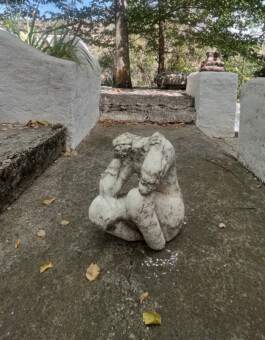
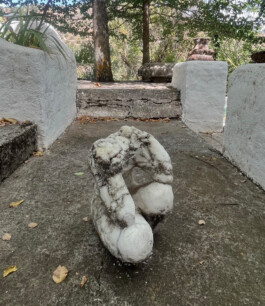
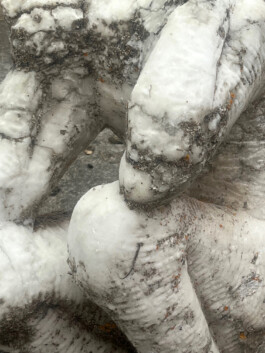
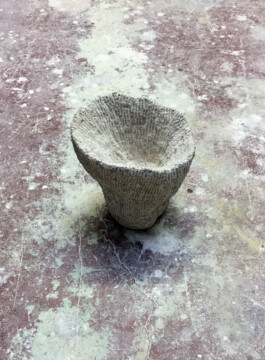
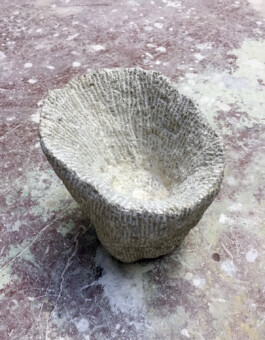
My first encounter with stone was in university, during my first year of fine arts.
There, I learned the basics - how to work with different types of stone, how to handle tools. But it wasn’t until years later, in Berlin, that I truly fell into its rhythm.
For a while, I frequented the BBK Werkstätten in Wedding, where Herr Noak, became an unexpected mentor. Over coffee and conversation, he shared tips that sharpened my technique. In that space, carving became a kind of meditation - the strike of the mallet, the swing of the arm, the rhythmic clink of steel against rock lulling me into a trance.
I learned to listen to the material, to shift between chisels, mallets, gradines, and toothed hammers as the excess stone demanded. It’s a practice of subtraction: first hacking away large chunks, then paring down to finer and finer fragments, until what remains is no longer what was taken, but what was meant to be.




